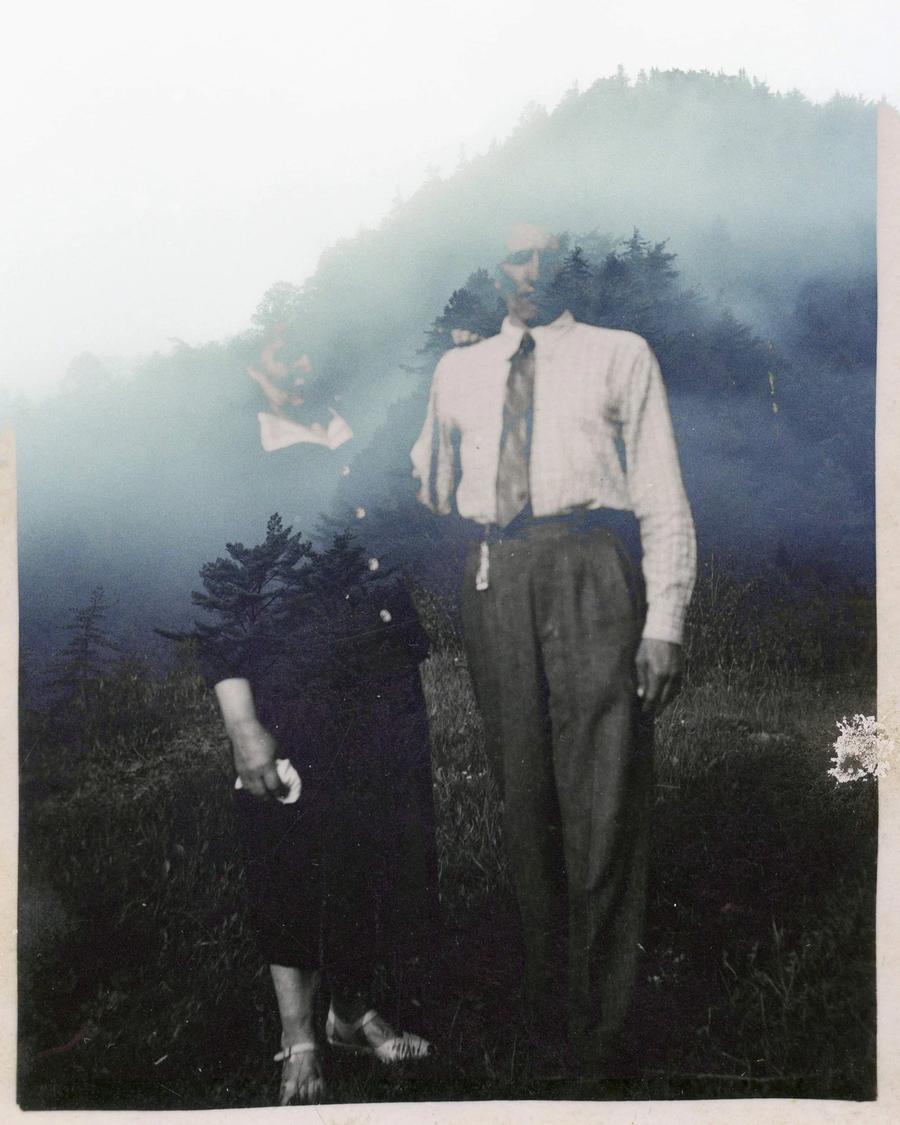The Newcastle Art Gallery Youth Advisory Group acknowledges the Awabakal and Worimi people as the traditional custodians of the land on which we work and live, and pay our deepest respects to Elders past, present and future. The Youth Advisory Group is dedicated to honouring the culture and traditions of our local Aboriginal and Torres Strait Islander communities through the visual arts.
continue
Y2C

Liz O’Brien, an emerging interdisciplinary visual artist from Wonnarua country (Maitland NSW), established her practice with a strong focus on photographic processes, working with expired materials and analogue processes. In her work these practices are entwined with other disciplines such as textiles and painting.
AIDEN: What role does photography play in your multi-disciplinary practice?
LIZ: Photography is the main foundation of my multidisciplinary practice both practically and conceptually. It's the medium I generally always use as a focal point in works and what I start with to incorporate my other disciplines. It is such a broad and versatile and adaptable medium to work with too, which allows for an incredible breadth of ideas and concepts to be explored.
Why do you use photography to explore the personal concerns of belonging and disconnection?
For me, the physical process of photography inadvertently became a way for me to observe and feel comfortable with places and things that I have felt discomfort with or have felt alienated from in my world. Be it in regards to community, environments, family, my own body and mental space; the practice of photography and the methods I work with have a very reflective and meditative element, and that then pairs with observing and examining through image making.
I also love the idea of how we can connect to and reimagine the past through snap shots; how our memory will hold onto specific details and forget others when we see an image. I find it fascinating to think of our disconnection from reality in its entirety, and our connection to only fragments of reality when looking backwards.
Is there a particular reason why you use expired and almost redundant materials and processes?
My works are very psychologically charged in regards to time and memory and how those two things coexist. I use an amalgamation of old and new photographic processes and materials to physically present my ideas regarding the past and present. This amalgamation is done with the intent of obscuring the moments in time and the memories presented - with the almost abstract effect of expired materials and analogue processes capturing how personal perception and memory skews reality.